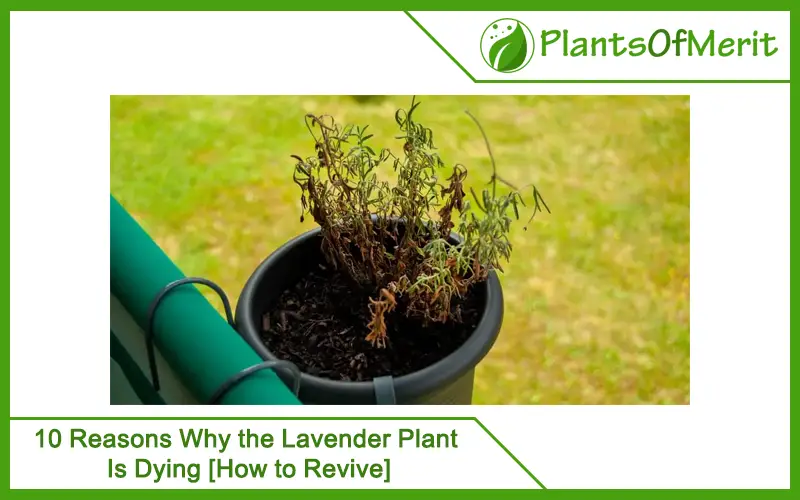Lavender plants are beautiful to look at. The combination of bright green with the subtle lilac color of the flowers is breathtaking to have in your garden or your home’s balcony. Whatever the situation is, the last thing you want is for your hard work to go to waste.
Despite following the standard growing parameters, there could be instances where you notice the plant dying. The leaves are losing their color and somehow, they are wilting and falling off. That’s the worst nightmare for every gardener.
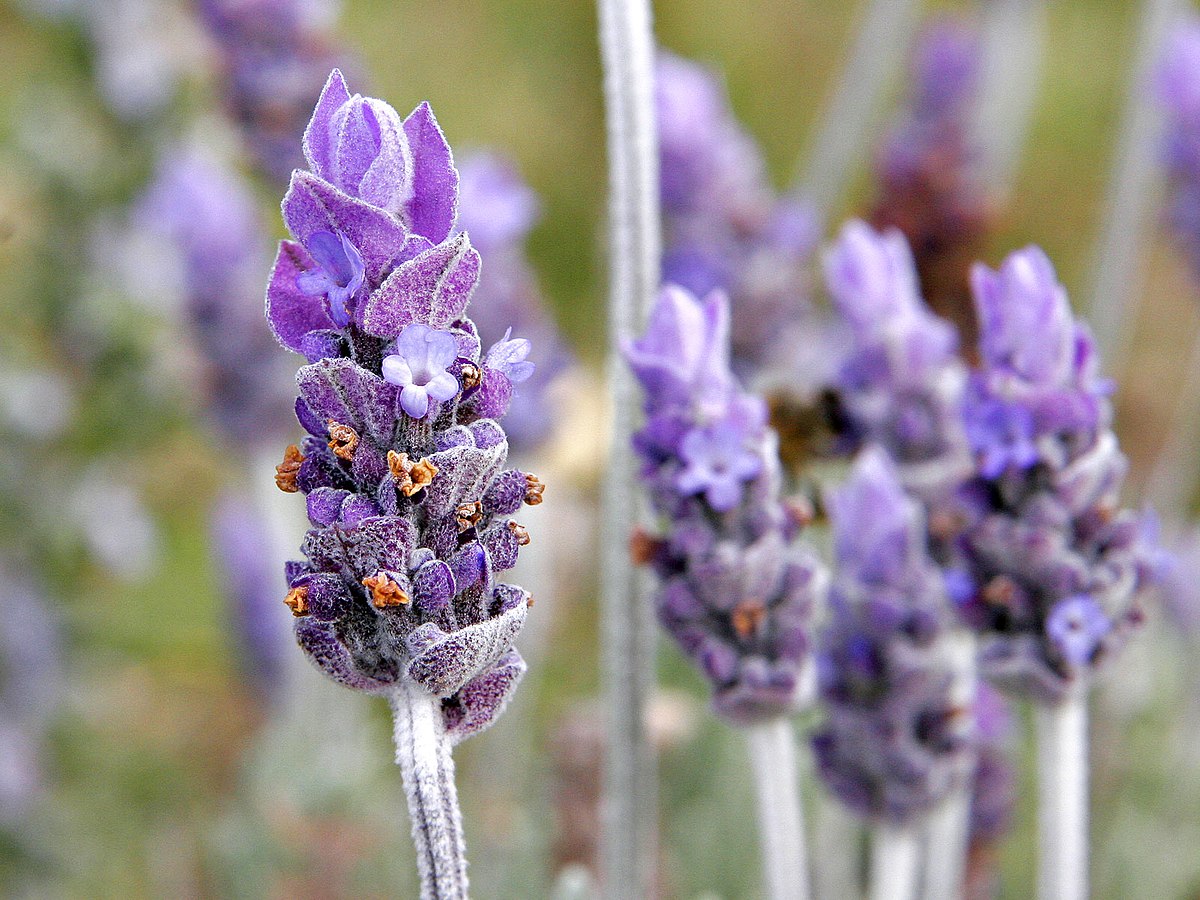
But, why do you think it’s happening? Is it due to a lack of watering? Is it due to overheating due to excess sunlight? Well, the possibilities are quite extensive and we will look into some of the most important options in this guide.
Why is my Lavender Plant Dying?
The Lavender plant has very strict growth requirements. This involves the level of water it needs and also the kind of pH, humidity, and nutrient balance it depends on. If you aren’t able to maintain that optimally, chances are that the impacts will reflect on the plant’s overall health.
After a lot of research, we have managed to sort out some of the most common reasons why your lavender plant is dying along with some control measures.
1. Overwatering
Lavender plants are drought resistant. They can sustain themselves in low water conditions but won’t perform well with excess water. Since lavenders are commonly native to places with dry weather conditions, their growth patterns are dependent on the same. So, when you overwater, it leads to water logging in the soil, which damages the roots and the growth.
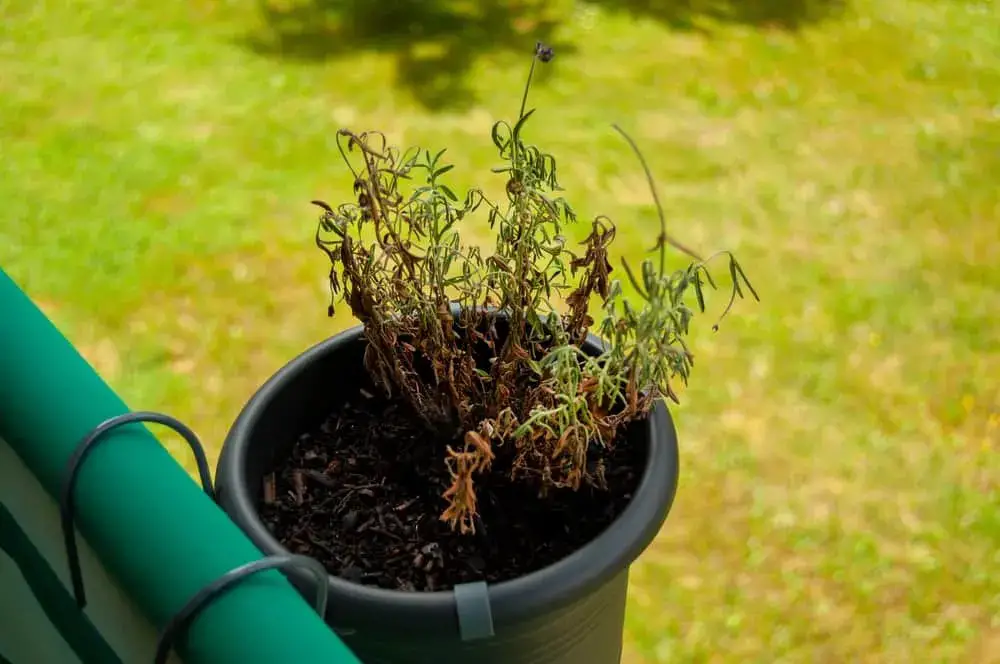
If you notice the plant’s leaves wilting and dying proactively, that’s an early sign of water stress. Your work is to implement immediate mitigation steps.
How to revive?
Check the soil’s moisture using a moisture meter. If you find the soil moist enough, avoid watering again. Excess watering will lead to complications of fungal diseases.
2. Compact soil
Lavender soil requirements are quite important. Since it doesn’t perform well in compacted soil, that’s what you have to avoid at all costs. Also, lavender plants are designed to retain moisture, so you need well-draining and dry soil when planting lavender.
If you stick to compact soil, it will lead to complications of the leaves browning and wilting. So, what you can do in that case is to switch out the soil parameters immediately.
How to revive?
Switch to a sandy soil base for your lavender plant. This will sort out the damage that you are experiencing and also ensure that the excess water is drained out of the soil proactively.
3. Improper sunlight
As we said before, Lavender is native to Europe, especially in countries like France, Italy, and Spain. These countries have overhead sun and optimal sunlight exposure throughout the day, which is exactly what lavender plants are used to regularly.
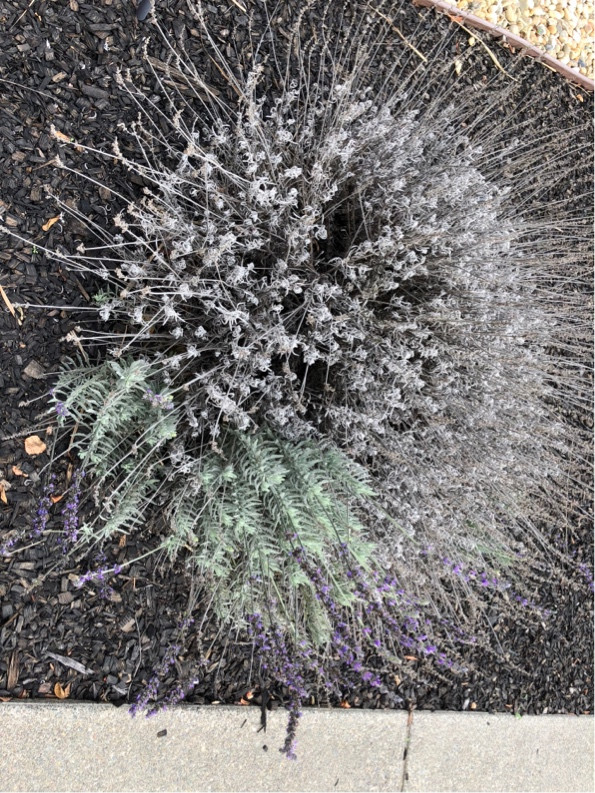
If you are planting it somewhere in the shade or in areas where the plant isn’t getting optimal sunlight throughout the day, chances are that the same will affect the growth and might even end up killing the plant in the process.
How to revive?
If you live somewhere cold with no sunlight, we’d recommend not even planting lavender in your garden bed. However, if you do stay in countries with optimal sunlight and pleasant weather conditions, what you have to do is plant it somewhere with direct sunlight. That’s a mandate for optimal growth of the plant.
4. Transplant shock
If you are transplanting your lavender plant from one type of soil or garden bed to the other, some possibilities could kill the plant. They are resilient to environmental factors but they take time to acclimatize to change. And, if you introduce frequent changes to its growing medium, especially with cold soil, chances are that the same will affect the growth tremendously.
Even if you are transplanting, pick the right season. Spring is the perfect season for that. Since the soil is considerably warm and has the required composition, it won’t shock the plant right away, giving it enough time to adjust to the changes.
How to revive?
Avoid transplanting as much as possible. And, if you have to do it, we’d recommend that you practice caution. Pick the right season for transplantation. Additionally, when you are taking out the plant from the soil, be careful not to hurt the roots.
5. Excess fertilizer
Like water, lavender plants need very little nutrients to survive. If you pour and sprinkle excess nitrogen-based fertilizer in the soil, chances are that it won’t do any good for the plant. Overcompensation isn’t ideal for lavender plants. Also, picking the right kind of fertilizer matters.
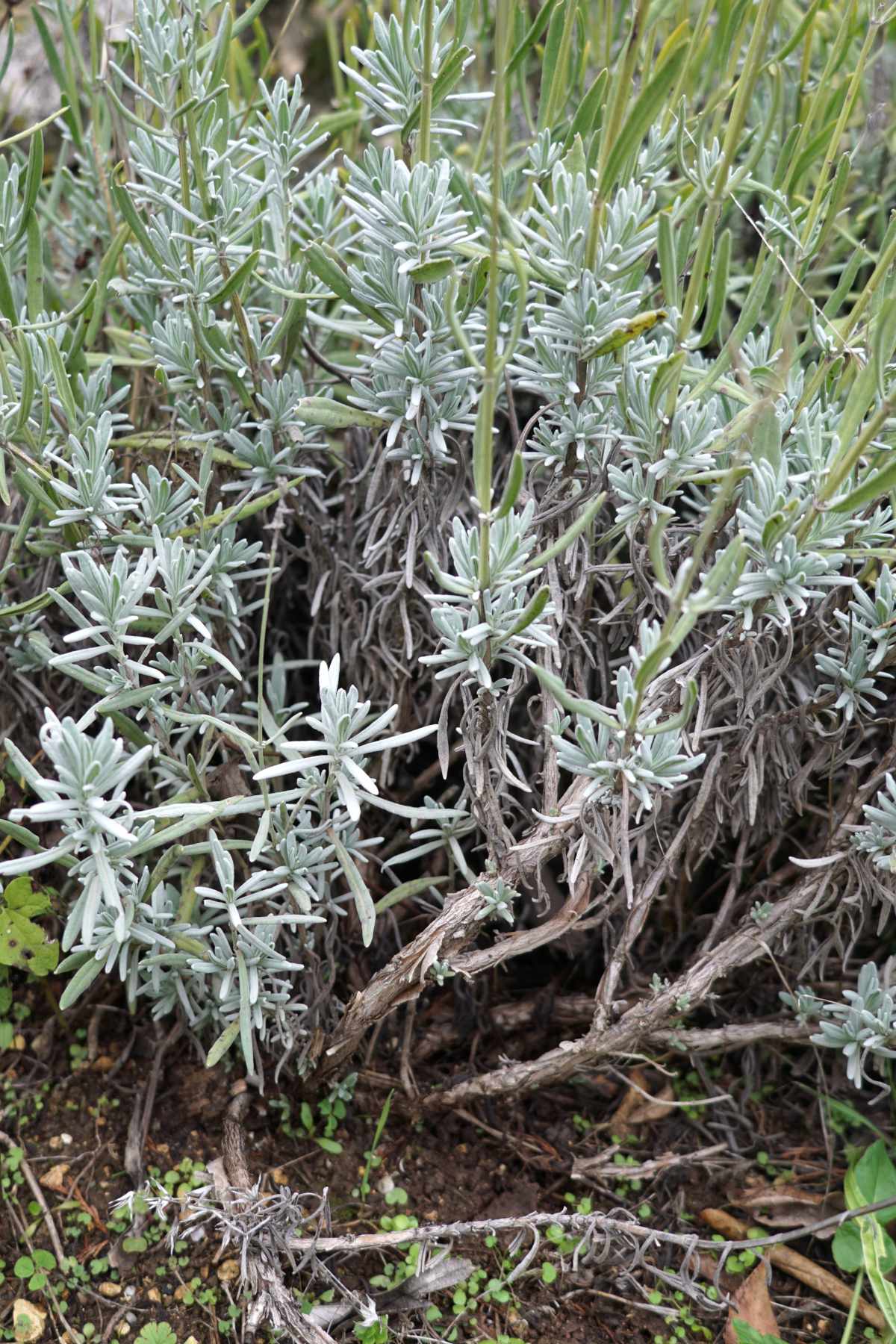
You need to get organic and blooming fertilizer as opposed to the lawn fertilizer that is filled with unnecessary chemicals. Also, even when you are applying the fertilizer, it should be once or twice a year. That’s the maximum you should go.
How to revive?
The easiest way to fix this issue is by sprinkling in more sand or potting mixture. What this does is balance out the soil’s excess nitrogen levels, ensuring that it doesn’t affect the plants negatively.
6. Issues with soil pH
The pH of the soil makes a lot of difference when it comes to overall plant growth. For lavender plants, the optimal soil pH is between 6.5 to 7.5, which is slightly acidic to slightly alkaline. In case the soil’s pH is drastically up or down, chances are that the same will affect the growth of the plant vehemently.
If the soil pH isn’t regulated, it directly affects the roots in the plant, leading to risks of root rot and prolonged damage. Also, it affects the quality of the blooms on the plant, which can be quite disappointing.
How to revive?
The easiest way to fix the issue is by planting them in a potting soil mixture that is meant for lavender plants. Investing this extra bit can help you in the long run and especially with the quality of growth. Also, if the soil is too acidic, you can sprinkle in some garden lime.
7. Excess humidity
Excess humidity is the most common issue why your lavender plant is dying. Since the plant needs dry growing conditions, having humid air in the surroundings will negatively impact the growth and end up killing the roots too.
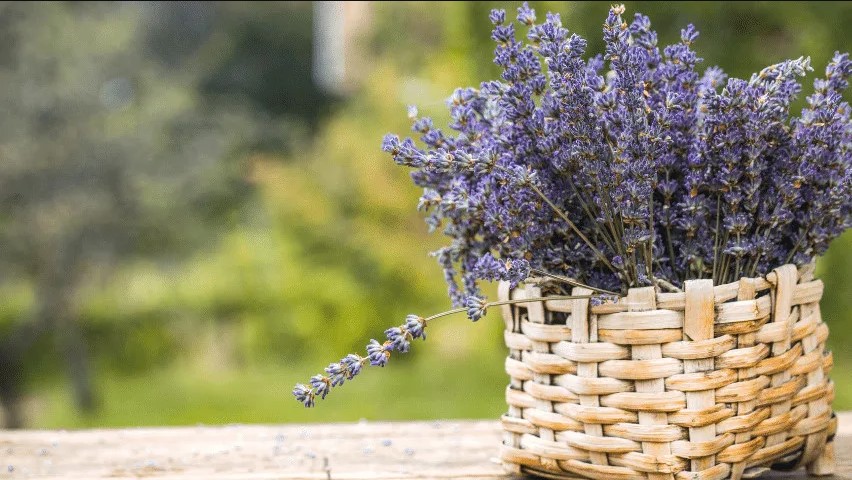
Pair overwatering with humidity and your lavender plant will experience an early death. The symptoms generally start with the leaves curling and browning around the sides. This is further worsened when it dies and falls off the branches.
How to revive?
If you are growing the plant indoors, find ways to reduce the humidity. You can use a dehumidifier for that. If you are growing it outdoors, you can space out the plant, limit watering it and look out for the symptoms.
8. Pest infestation
Lavender plants are resilient as we mentioned. But, not everything you see is how it is. There are a few different categories of pests that can be a nuisance when it comes to the lavender plant. What you can do in this case is look out for the pests like whiteflies, spittlebugs, and aphids on the underside of the leaves.
If you notice holes and damage to the foliage, it is also a sign of pest infestation. Also, the risks of infestation generally increase during the spring season, so be vigilant during those months.
How to revive?
If the infestation is contained to one spot, the first thing you can do is cut out that part. Once that’s done, spray the plant with some insecticides to prevent the pests from returning.
9. Diseases
Lavender plants are susceptible to a lot of diseases and complications, including root rot, leaf rot, viral infestation, etc. If you notice any known symptoms of diseases, we’d recommend that you take immediate action. Look for brown or red spots on the leaves.

Also, the alfalfa mosaic virus is a common disease that infects the lavender plant. It leaves yellow-colored mosaic patterns on the leaves and is very evident. Take immediate measures in that case.
How to revive?
Viral and fungal diseases spread very quickly, so take immediate measures by spraying fungicide on the plant. Doing so for a few days should revive the plant to normal.
10. Planting the wrong kid
Lavender is available in a few different variants. If you picked a random type that doesn’t suit the weather and environmental conditions where you live, it will kill the lavender plant quickly after you plant it.
How to revive?
Before buying a variant, ensure that it is meant for the kind of climate, humidity, and pH that is evident when you live.
FAQs
1. How do you revive lavender dying?
One of the most common reasons why your lavender is dying is because it was in the shade and away from direct sunlight. If that’s the case, we’d recommend that you immediately repot the plant and shift it somewhere in the backyard or house where the plant will receive direct sunlight for prolonged periods.
2. Will a dead lavender plant come back to life?
If you notice your lavender plant dying and wilting during the winter season, be assured that it is common and nothing you can do about it. Instead, you have to let it be and wait for the plant to regrow and come back to life during the spring season next year.
3. How do you revive lavender root rot?
If your lavender plant is infected with root rot, the only way to fix it is by taking it out of the pot. Once you do that, inspect every root in the plant. From there, you have to find and segregate the infected roots from the plant and then repot the lavender plant somewhere else.
4. Why is my lavender looking dead?
One of the primary reasons why your lavender plant is dying is due to risks of over or underwatering. In either case, we’d recommend that you find the issue first and then mitigate it with the right fix or measures before things take a turn for the worse.
5. Should I cut back on dying lavender?
If you notice the leaves or the flowers in the lavender plant dying, pruning those dead and wilted leaves is crucial. It allows the remaining and healthier parts of the plant to grow without any complications. So, take a pair of pruning scissors and get to cutting them off the plant.
Conclusion
Growing lavender isn’t as linear as you thought. There are a handful of complications that might end up impacting the growth, and blooming process. What you need to do is look out for these complications as mentioned and take proactive measures to prevent or fix them as quickly as possible.

